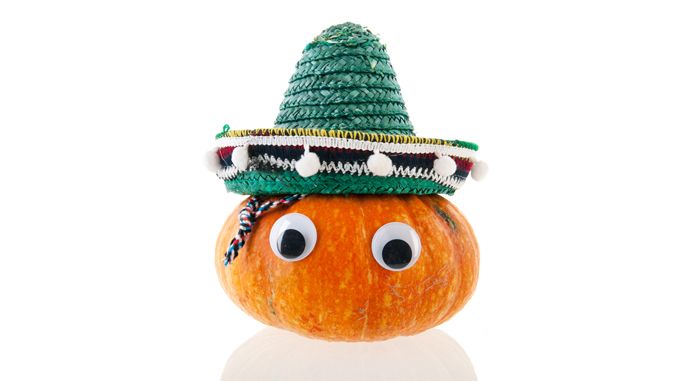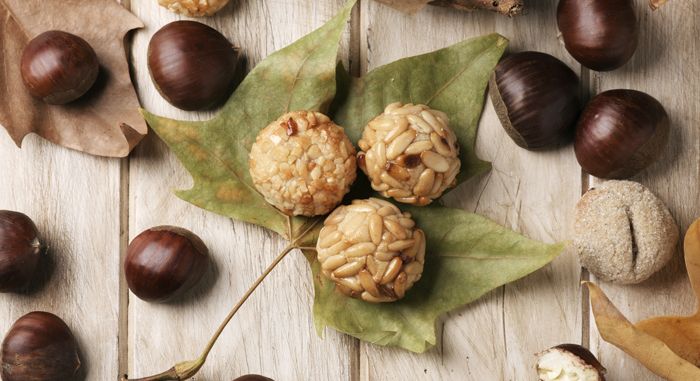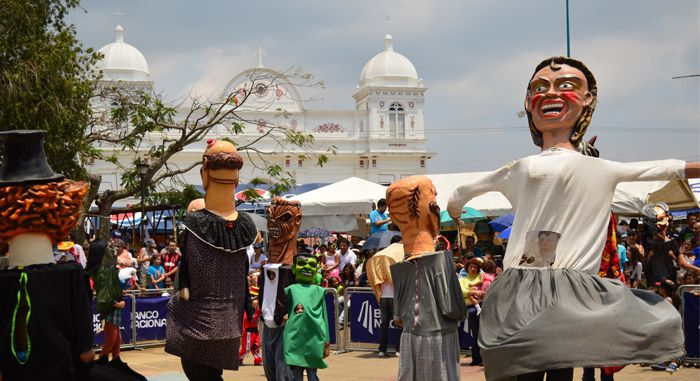Let's talk! Browse our offer and let us help you create your own budget.
Halloween also speaks Spanish
Halloween is approaching and a small controversy is flaring up: have we Spanish-speaking countries betrayed our roots by turning something as profound as All Souls' Day into something superficial?
Let's take it one step at a time: All Souls' Day is celebrated on the 1st and 2nd of November. In many places the 1st is a public holiday so people go out on the eve, and what better way to have fun the night before a holiday than a costume party? Besides, that doesn't mean we're being frivolous: many people who celebrate Halloween also remember their loved ones on the following days.
Controversy aside, it is curious to see how some countries have adapted Halloween to their culture. Let's give you some examples.

In México, of course, the big celebration is the Day of the Dead, but Halloween is also celebrated. It is curious to see how children have adapted trick-or-treating and go from house to house asking not for sweets, but for donations. On 31 October, costume parties are also held, but with little connection to the typical images of the Day of the Dead. The latter, as tradition dictates, is celebrated when it is due.
In Spain it is the case that, in the north of the country and especially in Galicia, a Celtic festival very similar to Halloween, called Magosto, was already celebrated between 1 and 11 November. However, in Spain they have adapted Halloween to the Spanish in an unexpected way: some families solve the "trick or treat" by giving children Christmas sweets such as nougat or marzipan. Many say this is one of the reasons why by mid-October you can already see all kinds of Christmas specialities in supermarkets.

In Argentina Halloween is celebrated as if it were carnival: parties, dances... a simple party to have a good time. For a while there was also controversy related to the adoption of a foreign custom and it was proposed that instead of monsters such as the werewolf or Dracula, American-style beings such as the Anchimalén goblin, the vampire Ehéie or the Mapuche monster Pihuchén would be the protagonists. The proposal - it's a pity - never came to fruition. What does take place every year in Buenos Aires is the Halloween Run, a night-time marathon in which people dress up in costume.
We were very surprised, we admit, to learn that Halloween was already being celebrated in Colombia in the 1960s, although it was a festival celebrated by urban high society. In the 1970s it spread to the rest of the population. By the way, in Cartagena de Indias there is an indigenous tradition reminiscent of trick-or-treating called Tintililillo: children go around the neighbourhoods singing a little song and asking for a few pesos.
In Costa Rica the celebration of Halloween has served, ironically, to revitalise a somewhat forgotten custom, that of the masquerade. It is a festivity that unites the Spanish tradition of the giants and big-heads with indigenous traditions. Such has been the strength with which the festival has returned that in 1997 it was declared by decree that 31 October should be the national day of the traditional Costa Rican masquerade.

The clash between Halloween and tradition is most evident in Peru. Since 1944, 31 October was established as the day of one of the country's best-known traditional manifestations, the "canción criolla"; however, in recent years many Peruvians have dedicated the day to Halloween festivities. There have also emerged supporters of a third way, "Criolloween", which advocates uniting the aesthetics of one and the content of the other.
Halloween has taken hold, but the traditions refuse to go away, giving rise to parties, celebrations and very curious manifestations. Something very, very interesting.
